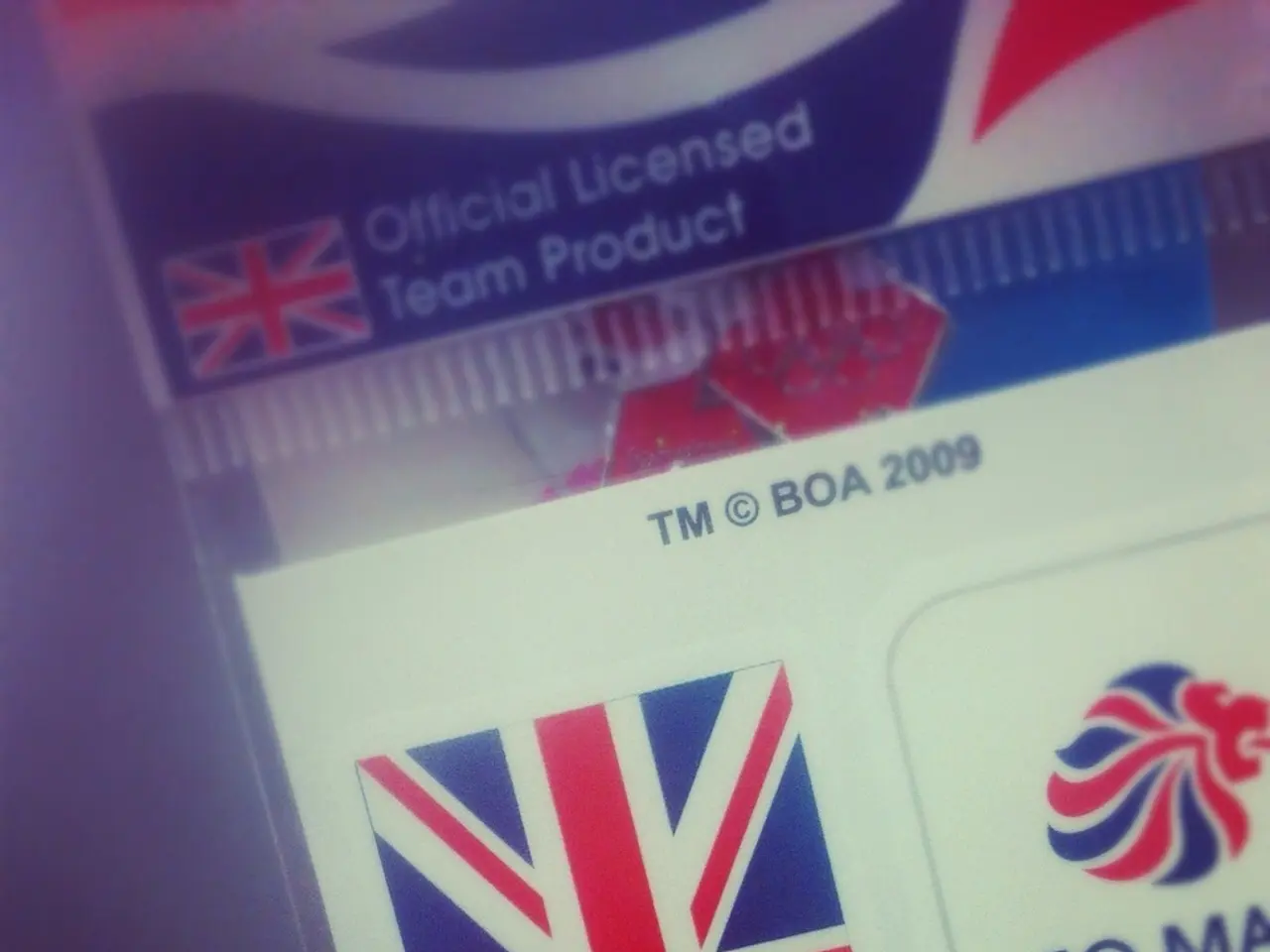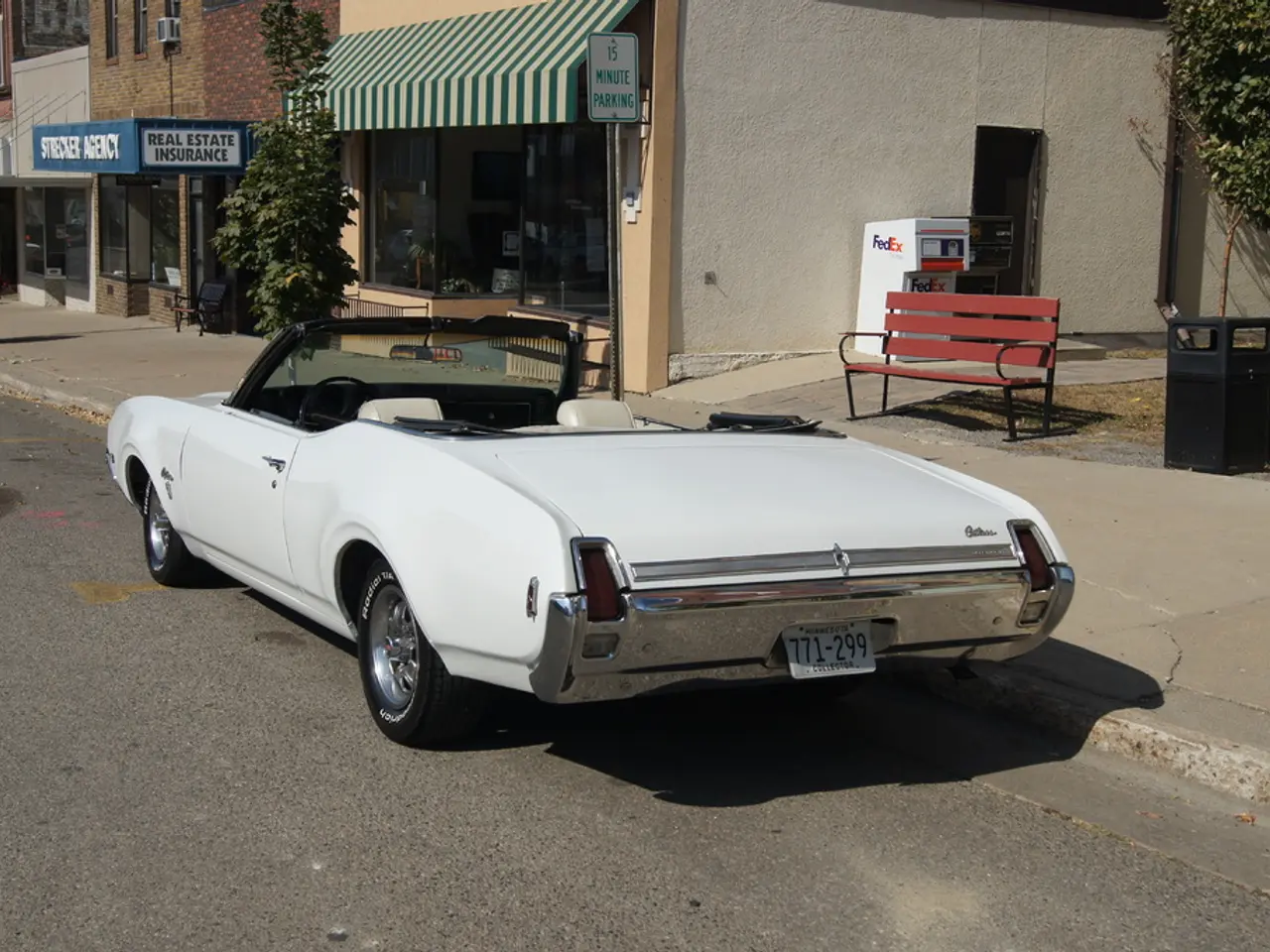The ISO 18013-5 Standard: A Detailed Explanation
The world of digital identity is evolving, and one of the most significant advancements is the development of mobile driver's licenses (mDLs) under the ISO 18013-5 standard. This international framework, established by the International Organization for Standardization (ISO), is transforming the way we manage and verify identity documents, offering enhanced security, privacy, and interoperability.
The ISO 18013-5 standard provides a universal, interoperable framework for creating, holding, and verifying digital driver's licenses on mobile devices. By defining how mDLs should be represented digitally and ensuring secure presentation and verification across different systems and regions, it paves the way for seamless integration of mDLs into our daily lives.
One of the key benefits of ISO 18013-5 is interoperability. It allows mDLs issued in one jurisdiction to be recognized and verified in another, enabling cross-border acceptance and use of mobile driver's licenses. This is crucial for travel and international transactions, simplifying verification processes both locally and globally.
Security and privacy are also at the heart of ISO 18013-5. The standard incorporates strong security measures for holder-present verification, ensuring privacy-preserving selective disclosure of identity attributes during in-person checks. This means that users can control what personal data they share, disclosing only relevant information for specific situations.
Moreover, ISO 18013-5 mandates the use of cryptographic signatures for verifying state-issued mDL data, providing businesses like banks with secure digital ID verification. It also establishes secure data transmission protocols to protect user information during transactions, such as encrypted data transfer during scans.
The standard's framework supports other conforming mobile documents (mDocs), broadening the scope for digital credential innovation globally. It facilitates the creation of software development kits (SDKs) like mDocs Holder and Verifier SDKs, available for major platforms (React Native, iOS, Android). These enable app developers worldwide to build interoperable mDL wallets and verification tools compatible with the standard.
While ISO 18013-5 excels in identity verification for mDLs, it does not cover payment functions or financial transaction security. However, it lays a solid foundation for future advancements in digital identity verification, streamlining processes, and setting a standard for user control, security, and global usability.
In conclusion, the ISO 18013-5 standard is revolutionizing the way we manage and verify identity documents, offering enhanced security, privacy, and interoperability. It is a significant step towards a more connected and secure digital world, benefiting governments, businesses, and individuals alike.
The integration of mobile driver's licenses (mDLs) into our daily lives, facilitated by the ISO 18013-5 standard, opens opportunities for business streamlining, particularly in the area of secure digital ID verification for institutions like banks. Additionally, the standard's support for other digital mobile documents (mDocs) hints at future advancements in personal-finance, thanks to the foundation it lays for digital credential innovation and interoperability in technology. The use of data-and-cloud-computing within this standard ensures a connected and secure digital environment for all.




